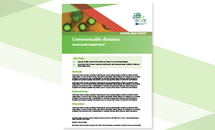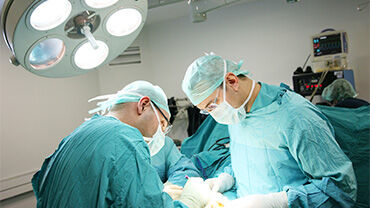Healthcare-associated infections: surgical site infections - Annual Epidemiological Report for 2018–2020
This report is based on data for 2018-2020 retrieved on 13 February 2023 from The European Surveillance System (TESSy) and ECDC’s decentralised data storage for antimicrobial resistance and healthcare-associated infections (ARHAI). TESSy is a system for the collection, analysis and dissemination of data on communicable diseases.
Executive Summary
Key facts
- Surgical site infections (SSIs) are among the most common healthcare-associated infections (HAIs). They are associated with longer post-operative hospital stays, additional surgical procedures, treatment in intensive care units and higher mortality.
- In 2018-2020, 12 EU Member States and one EEA country reported 19 680 SSIs from a total of 1 255 958 surgical procedures for nine types of surgical procedures.
- The percentage of SSIs varied from 0.6% in knee prosthesis surgery to 9.5% in open colon surgery, depending on the type of surgical procedure.
- The incidence density of in-hospital SSIs per 1 000 post-operative patient-days varied from 0.1 to 5.0, depending on the type of surgical procedure.
- Comparing the year 2020 to 2018-2019, there was a decrease in the yearly number of surgical procedures reported and countries providing data to ECDC.
Download

Healthcare-associated infections: - surgical site infections 2018-2020
- EN - [PDF-1 MB]





